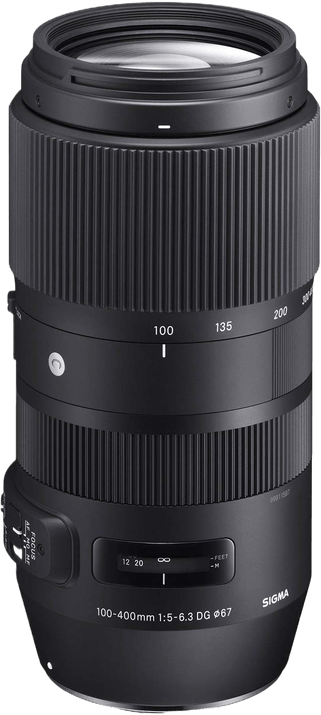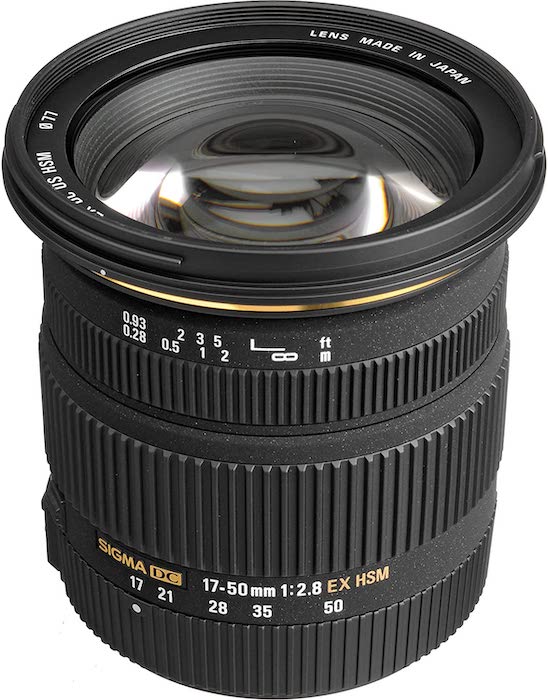Sigma is one of the leading third-party lens manufacturers that provide lenses for big DSLR companies. So today, we’re going to learn more about Sigma lens abbreviations.
Their lenses have letters and numbers that don’t really make any sense… but they must mean something, right? Of course, the answer is yes.
These abbreviations tell you all the features of each lens—because not all lenses are made the same. They all have different attributes to help you capture your shot. For instance, some have special lens elements, and others aim to remove camera shake.

As mentioned, lens abbreviations play an essential role in telling us what a lens can do. Since lenses have many different features, it is beneficial to have a condensed way of giving you the information you need.
Lens abbreviations save you the trouble of having to go through lens or camera manuals to find out what you can achieve from each scene. Let’s look at an example.
Sigma 17-50mm f/2.8 EX DC OS HSM FLD Large Aperture Standard Zoom Lens.
We can see a few abbreviations here:
These abbreviations tell us the following about the lens:
With a bit of practice and our article for reference, you’ll be able to understand what they mean, too!

A – Art. These lenses are known for their optical performance and power. Expect them to have wide apertures across fisheye, wide-angle, zoom, and macro lenses.
APO – Apochromatic. These lens elements reduce chromatic aberration and other lens aberrations. They also bring stronger contrast, color definition, and sharpness to the image.
ASP – Aspherical. These lens elements are shaped in a way to reduce aspherical aberrations.
C – Contemporary. These lenses feature variable apertures along their zoom focal lengths. These are what we would expect from budget lenses designed for APS-C camera models. An example would be the Sigma 100-400mm f/5-6.3 DG OS HSM Contemporary Lens.
CONV – Teleconverter compatible. This abbreviation shows that we can use the lens with Sigma APO Teleconverters. These allow for a longer focal length while allowing the user to retain automatic exposure.
DC – These lenses are specifically designed for APS-C DLSRs. They will not work on full frame camera models.

DG – These lenses are specifically designed for full frame DSLRs but also work on crop sensor systems.
DN – Lenses with this designation are specifically designed for compact system cameras such as micro-four-thirds.
ELD – Extraordinary Low Dispersion. This is the same as SLD but does a better job with chromatic aberrations.
EX – Professional Prime Lens. These are the high-end lenses that Sigma first put out yet have now replaced. They are similar to the Canon ‘L’ series.
FLD – Fluorite, Low Dispersion. Low dispersion glass elements reduce chromatic aberrations and are currently the best available.
HSM – Hyper Sonic Motor. This feature allows for silent, fast autofocusing. It is similar to Canon’s Ultra Sonic Motor and Nikons’ Silent Wave Motor.

IF – Internal Focusing. Here, the front elements inside the lens move to focus instead of all the parts. Expect the focal length to slightly change when you focus.
MACRO – Macro lenses. These lenses are designed to provide a macro magnification of the scene. True macro photography needs a magnification of 1:1, so make sure you check the specifications of macro lenses. They also allow for a closer minimum focusing distance.
OS – Optical Image Stabilization. This feature is the stabiliser found in longer lenses. It aims to reduce camera shake with handheld shots. It also allows the photographer to reduce the shutter speed in some situations.
RF – Rear Focusing. These lenses focus using rear elements, making them faster and quieter than front-focusing lenses.
S – Sport. You’ll find this on fixed and zoom telephoto lenses designed for action photography. They are expensive and will host fast apertures.
SLD – Special Low Dispersion. A Sigma lens with glass elements aimed to remove or reduce chromatic aberrations.
TSC – Thermally Stable Composite. This special material is an alloy of polycarbonate and metal. Sigma uses it in the construction of the lens barrel. It offers elasticity, meaning that lens elements will not warp in adverse temperatures.

We hope this list of Sigma lens abbreviations helps you better understand the qualities of Sigma lenses. It can be confusing looking at a jumble of letters. Knowing what they mean can help you choose the best Sigma lens for your photography needs!
Try out our Products in Focus e-book to take attention-grabbing studio photos!
